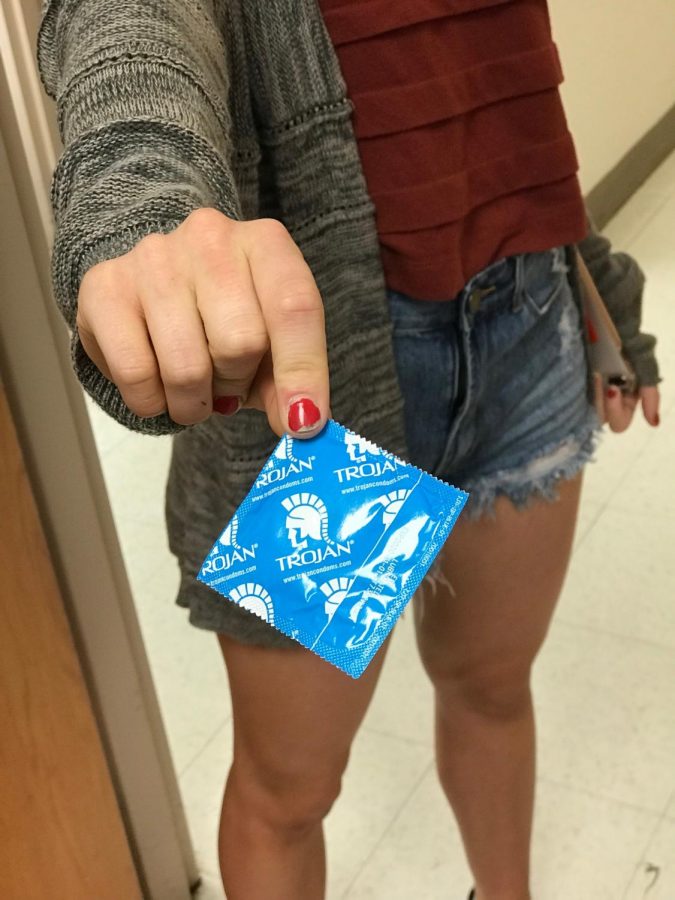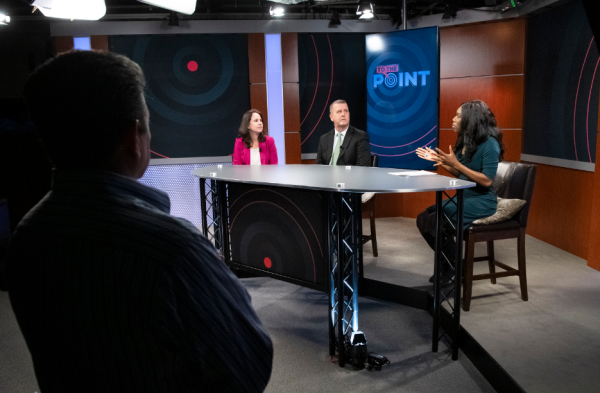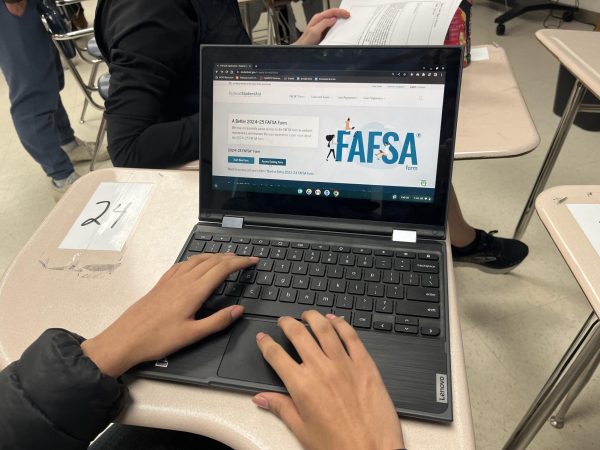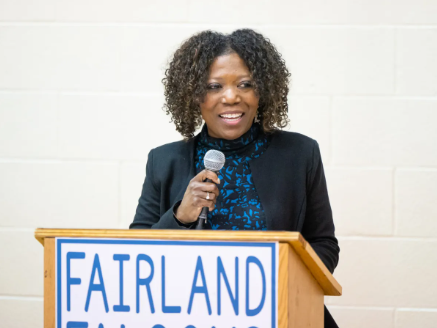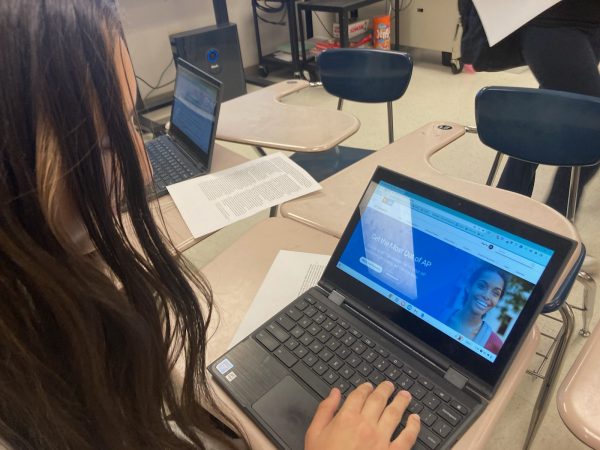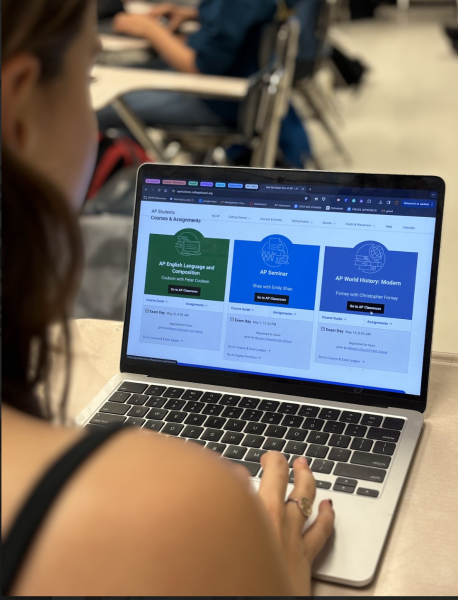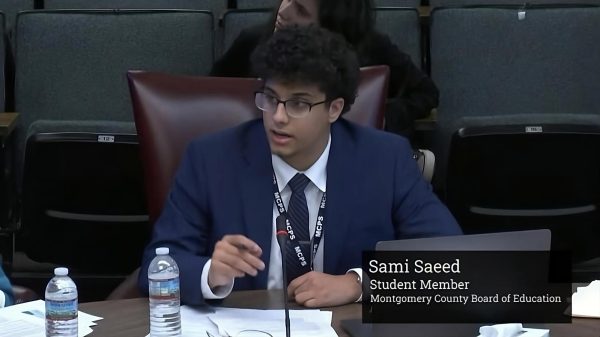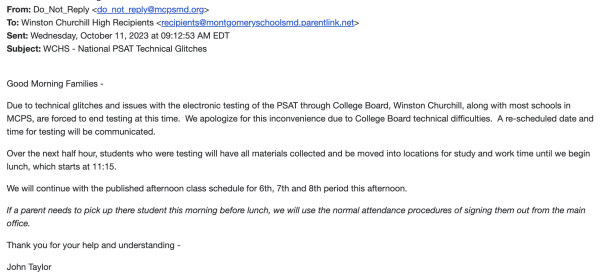New countywide initiative encourages safe sex
After a recent rise of STDs and STIs in the state of Md., MCPS officials have implemented a new condom policy
October 19, 2018
As of Oct. 1, all MCPS high schools will begin a free condom distribution program in light of a rise in sexually transmitted infections (STIs) and sexually transmitted diseases (STDs) amongst teens in Md.
Though the pilot program has already begun this year at Wheaton, Northwood, Gaithersburg and Watkins Mill HS, MCPS believes that by spreading the program across the whole county, rates will hopefully decrease.
“The program has just started at the beginning of this school year, and will be spreading to all 26 comprehensive high schools and alternative programs,” MCPS Board of Education member Jill Ortman-Fouse said. “There is also going to be a televised information session coming up that will have a lot of information about the implications of the program and will answer people’s questions.”
Even though MCPS has been getting some backlash from the community about their Sept. 11 decision, they are standing by this new program, claiming it was implemented for only one reason: to keep students safe.
“My main goal is keeping students from becoming infected by diseases,” Ortman-Fouse said. “They can have serious long term consequences, especially for adolescent and young women.”
According to the MCPS website, recent research has proven that among 15-29 year olds, the STI rate has been on a steady increase, particularly in the state of Md.
Since then, school officials and board members turned their concern into real solutions.
“With the recent rise of STDs amongst teens in Maryland, many officials have been trying to come up with strategies preventing this,” Ortman said. “Condoms in the wellness centers were initially part of the strategy. However, I was confused as to why they were just going to the wellness centers when all of our students who are sexually active are at risk, so I contacted council member George Leventhal [chair of the Health and Human Services Committee for the County Council] and asked him why are the condoms only going to wellness centers and not the high schools. He totally believed that we should have condoms already in all our high schools.”
No one necessarily knows what the outcome of this program on the MCPS school system will be, though research and schools around the country both prove that this program successfully achieves its purpose.
“Hundred of school systems across the country have condoms available,” Ortman-Fouse said. “This has been going on for a very long time. We have seen that those who have provided condoms actually have higher rates of condom usage.”
Many are awaiting to see how the program will be implemented, and how students react to such change. For lots of faculty members around the county, they are also waiting to find out how their jobs get directly affected.
“It will definitely take time to see if we get that number of STI’s down,” CHS school nurse Deborah Stapleton said. “I really have no idea how many students will come in and ask for condoms. It is by appointment only, and then they will also have one on one education.”
Due to the program requiring students to have set an appointment and discuss sexual education with their school nurse, the question does come into play about student comfort and safety.
“I would feel much more comfortable going to get a condom from the school nurse than I would be going to an OBGYN for an early pregnancy, let’s put it that way,” Blake high school senior Ruby Brayton said.
Obviously different beliefs will surround this new decision, but some students believe that this step is necessary and justified.
“I think that schools are taking on an important responsibility by helping students to engage in safe sex by handing out condoms,” Brayton said. “It’s not about crossing boundaries, it’s about the school providing a support option for students who need it.”
Nonetheless, there are many members of the community who have different and opposing feelings towards the implementation. As the program starts, the discussion against the program also continues.
“Community members and parents who feel this is not the responsibility of school system have been pushing back,” Ortman-Fouse said.
“They feel that sexual health education is not the responsibility of the school, it’s the responsibility of the family. I do agree families should have input in this; however what people need to understand is we are required by the state of Maryland to teach about sexually transmitted infections in our health curriculum, so it’s absolutely part of the job of the school. Additionally, we have a wellness policy that talks about teaching and role modeling healthy behaviors and choices when it comes to sexual activity, therefore it, again, already is the responsibility of the school.”
More concerns about the implementation of the program exist amongst parents who think that it should be under their discretion to give their children condoms, not up to to the school. The school system refutes this by pointing out that children have access to condoms anyways, and the school is not bringing something foreign and unknown to their attention.
“Parents believe if their students are sexually active they need to be getting condoms from their parent, but the truth is there is no minimum age for purchasing condoms in the state of Maryland, so anyone can go into a store and buy them,” Ortman-Fouse said. “They can get them online, and can get them from friends. So when people say to me you should keep my kid from getting condoms, we can’t keep your kids from getting condoms, they are at parenthood stores and health centers. Them thinking that we are introducing their children to something that they are not exposed to is a myth.”
Some students believe that the relevance of the program is just as important as other first-aid necessities. The school is providing support for students with another outlet towards safe and healthy sexual behavior.
“At the end of the day, this is just like anything else you would find in the nurse’s office,” Brayton said. “If you have a cut, you go get a bandaid. If you want to engage in sexual behavior and do it safely, you go get a condom. I feel like many people may feel as though this is encouraging students to have sex, but the truth is that the students who want to have sex have already been doing so and this is just a precautionary measure to ensure that they don’t jeopardize their health in the process.”
The total cost of the program is said to be paid by the state, not the county. Additionally, the positive effects of the program may even outweigh the whole cost.
“We are currently getting 4000 condoms a month from the state,” Ortman-Fouse said. “If additional condoms are needed, my understanding is that they cost about 87 dollars per 1000 condoms; and this is not out of MCPS’ budget, this is out of the Health and Human Services budget for the state.”
This program brings up taboo topics that some feel are unsettling to talk about with children 18 and under. With the recent rise of STI’s, the school system has turned to the distribution of condoms in order to further protect student health.
“I agree that families should have these conversations with their children,” Ortman-Fouse said. “But this program is not meant to replace those conversations. What I’m hoping is that this will be a jump-off point to engage with their kids about a subject that can be very uncomfortable.”


